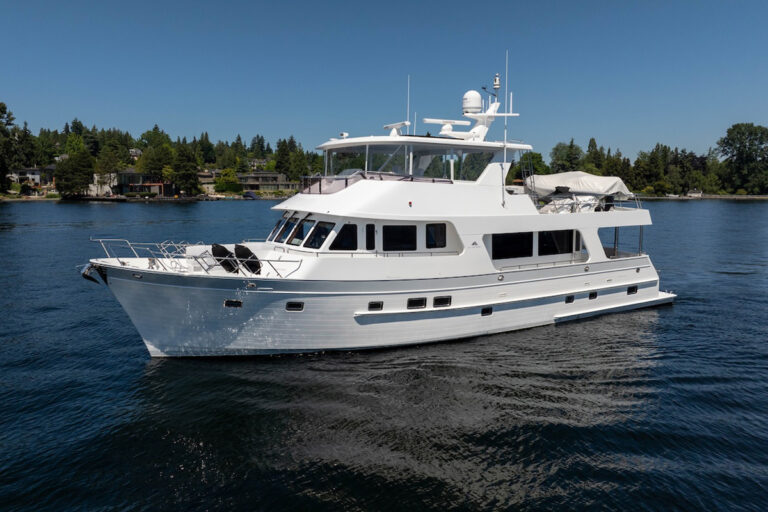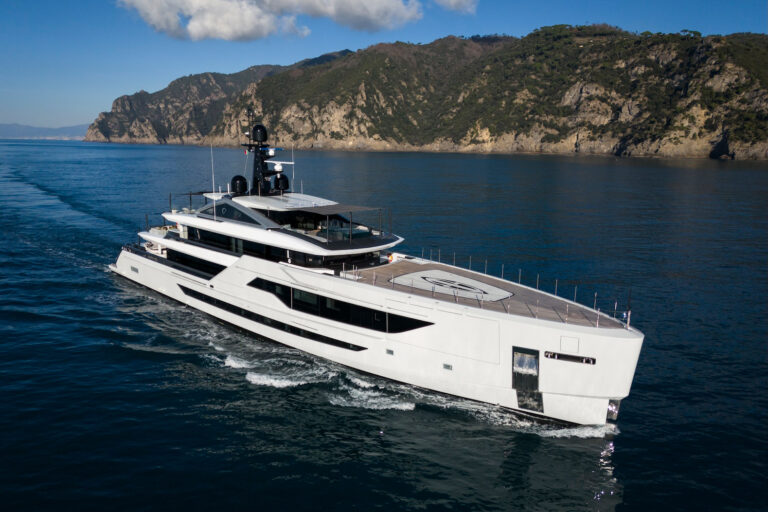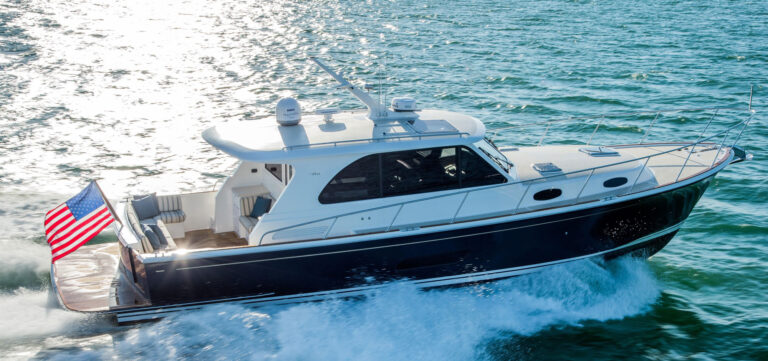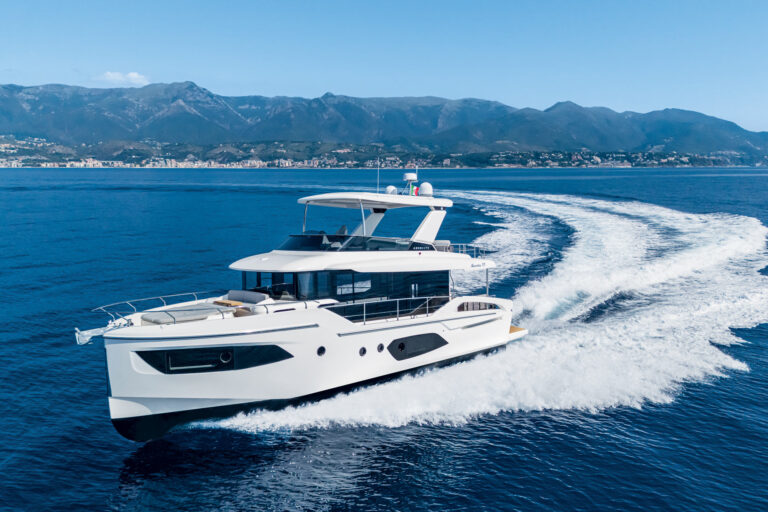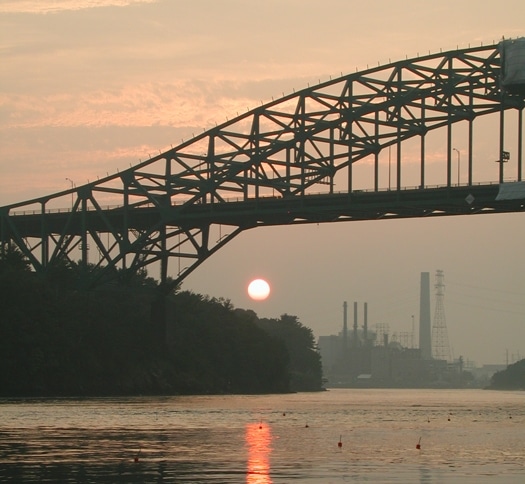
ytgmar4ds3525.jpg
The moment was unforgettable: my old sailboat steaming up the Piscataqua River against the tide, pushed by 13 old horses, barely making way. What happened to nun “14?” I remember thinking. At that moment, the red nav aid popped up out of the swirl like one of those unkillable horror movie monsters, right where she was supposed to be. Extreme current had momentarily sucked “14” completely underwater. For me, those few seconds were an awesome reminder of the Piscataqua’s reputation – the second fastest flowing river in the United States, averaging almost 3 knots on the incoming tide and 4 on the ebb.
The reality of the tidal flow is fearsome enough, but its strength is often exaggerated in the retelling, discouraging some yachtsmen from visiting. (The same applies to the Merrimack River, 15 miles to the south at Newburyport, Massachussets.) If I could spend 20 years on those rivers in underpowered vessels, timing the tides when I could and bucking them when I couldn’t, modern motoryachts should not be deterred. My sense of security came from having a big Danforth anchor and 150 feet of rode ready in case the engine ever died upstream of any hard things such as bridge abutments.
Part of Portsmouth’s charm is its working port. At slack, big ships – cable layers, gas tankers, salt freighters, Coast Guard cutters, tugboats, ferries, and fast-attack nuclear subs – come and go beneath the city’s three bridges. A working radar can he extremely helpful in these waters, particularly in July and August when fog is likeliest.
The nearest “easy” ports are Gloucester, Massachusetts, to the south and Portland, Maine, to the north. From the south, approach the Piscataqua River by either rounding Cape Ann or following the inland path through the Blynman Canal and Annisquam River, which bisect Gloucester, Massachusetts. Once past Cape Ann, stay about 3/4 of a mile off the coast to avoid any rocks and ledges.
Should you arrive on the ebb tide, consider anchoring to await slack water at Pepperell Cove and you will find docking less stressful. Do the same should you arrive after dark. Night anchoring is made simple by approaching on the lighted big ship range on a hillside at Kittery Point. Where ships would normally turn to port to head upriver, press on toward shore, staying on the range. Drop the hook in 14 to 20 feet.
Timing your arrival for slack tide, boats up to 55 feet may tie up at the transient docks at Prescott Park in the heart of Portsmouth’s waterfront. Call ahead to the city dockmaster ((603) 431-8748 or VHF Channel 9) to ensure there is space for your vessel. Dockage rates are reasonable and charged by the day or by the hour. If space is unavailable, the dockmaster may be able to advise you on nearby alternatives.
To avoid the Piscataqua River altogether, an excellent alternative is Wentworth by the Sea Marina, one of the best facilities north of Boston. It is located in Little Harbor, just a few miles south of the entrance to the Piscataqua. The marina, which can accommodate yachts of up to 200 feet LOA, offers a courtesy car so guests may travel to downtown or to the local New Hampshire State Liquor Store, which sells some of the cheapest booze anywhere, should you need to reprovision. And make sue you check out the legendary Isle of Shoals. www.cityofportsmouth.com, www.wentworthmarina.com.




